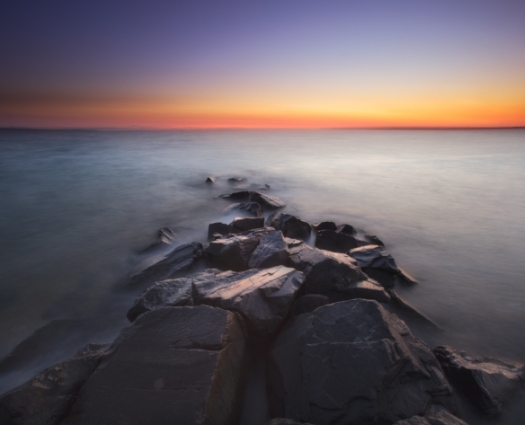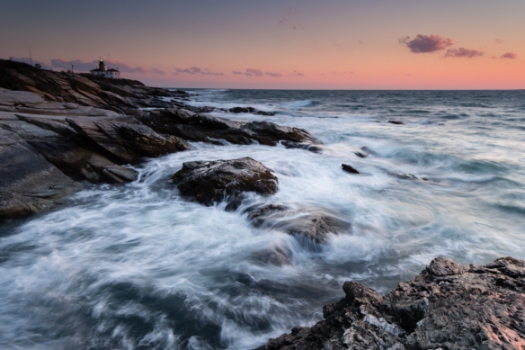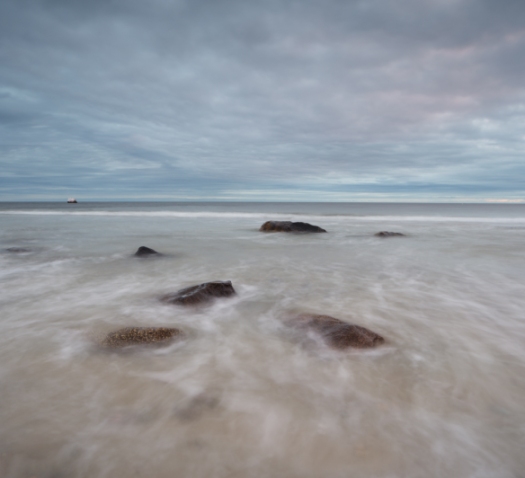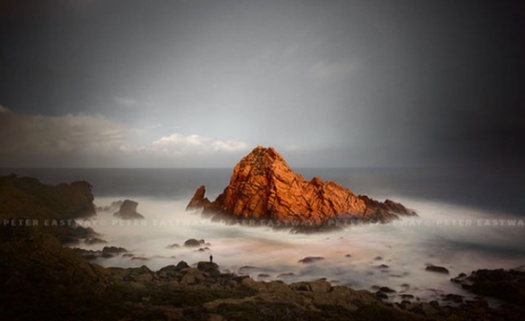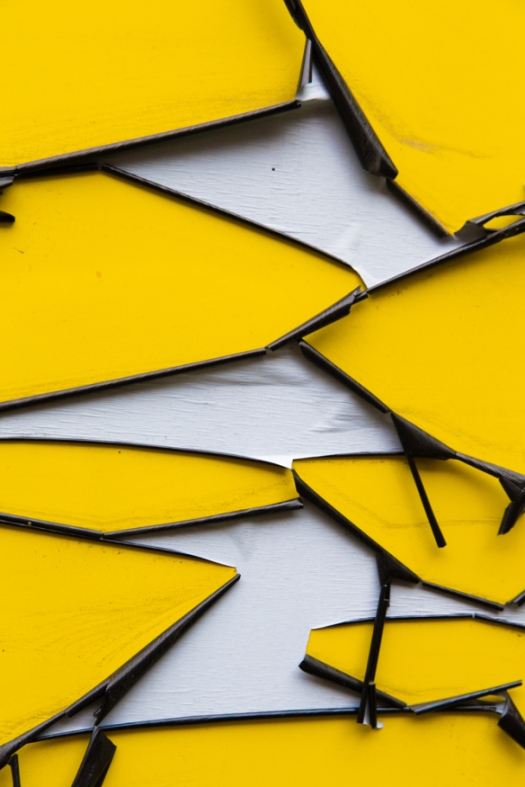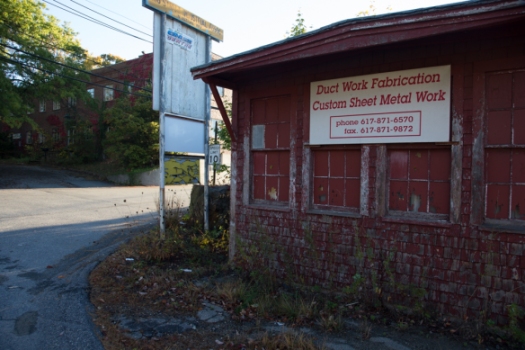Often I find that I am crunched for time, which means that I need to quickly process my images and get on to the next thing. Having a little bit of extra time to work on learning new techniques, how to use new equipment and then to integrate that into my everyday workflow is a real luxury.
Over the last six months or so I’ve been dabbling a little with both of these – learning about new masking techniques and how those can be used to composite images together to make large files that will be used to make large prints.
The image above is one that I had struggled with earlier in the year. I posted an earlier version of this image here. With a little bit of extra time over the Christmas break I was able to play a little, make some composites and finally get close to the image I had felt when I was there.
Sometimes time is the best gift of all.

